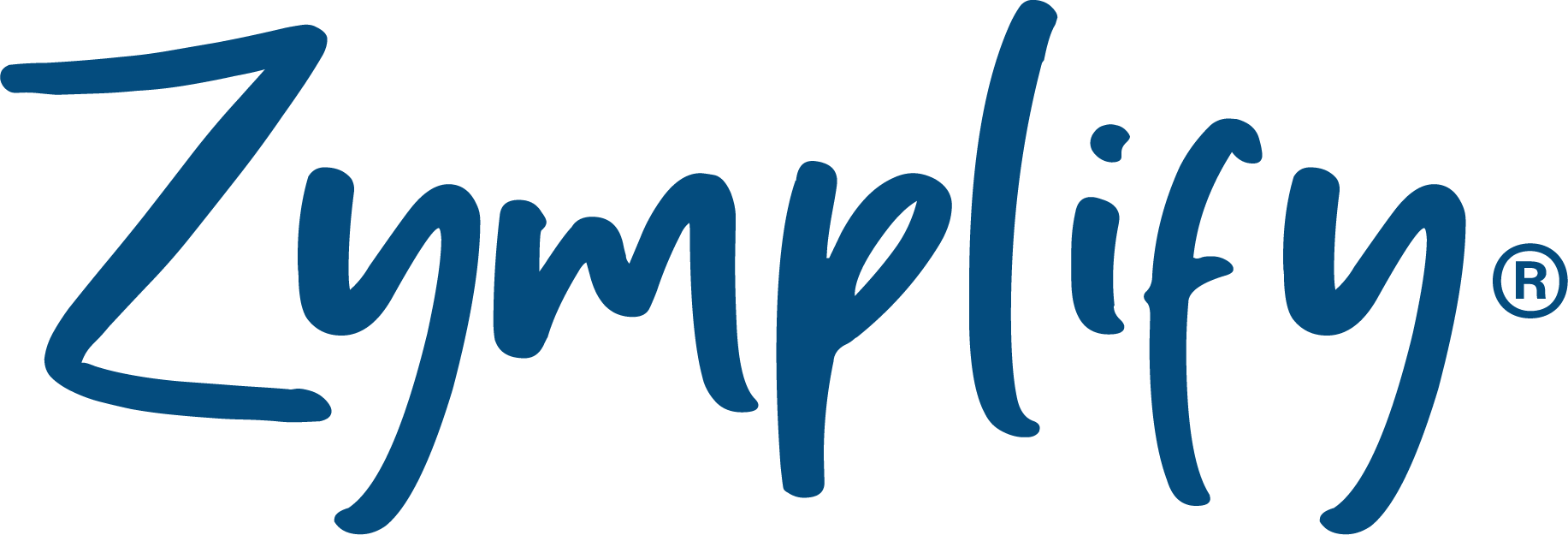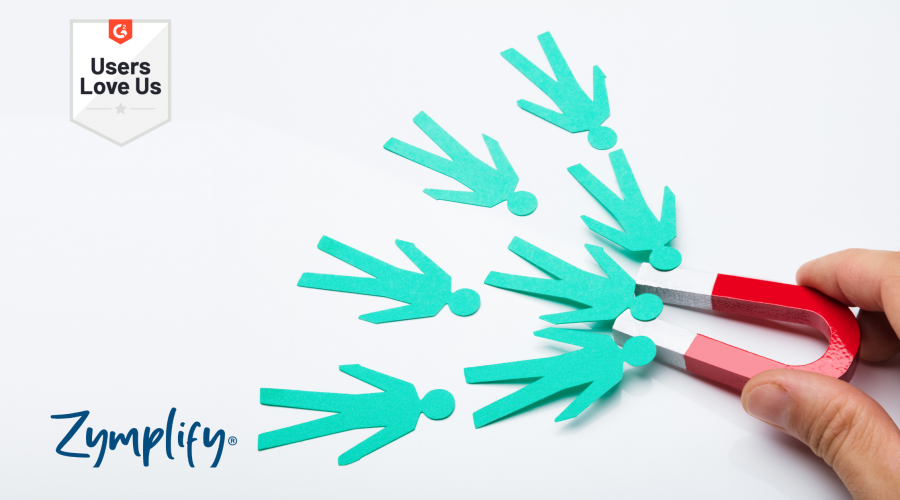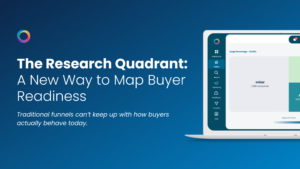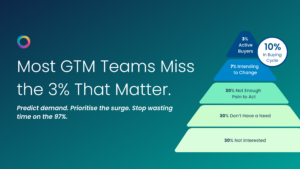Lead generation is the process of attracting people who have never heard of your company and then converting them into leads that are interested in what you are selling. In a perfect world, these prospects would show interest in your company by providing their contact information such as an email address or a phone number, and then be nurtured throughout your sales funnel until they become a customer.
Lead generation is performed with the intention of filling up a company’s sales pipeline. Without lead generation, your sales team would not have potential buyers to which they could sell your company’s offering.
Considering how important lead generation is, it is surprising that as much as 68% of B2B companies are having difficulties with lead generation, with only 13% stating that their lead generation efforts are successful. (Marketing Insider Group)
It’s crucial to understand that lead generation is not simply about generating as many leads as possible, but rather generating quality leads that can be nurtured into becoming satisfied, long-term customers.
There are four main stages in which a lead can be in:
New: A new lead is someone who has visited your website or downloaded your ebook and left their email address.
Active: Leads with whom you are having conversations are known as active leads. These are leads who have already signed up to your email list or are following you on social media.
Nurtured: A nurtured lead might not be ready to do business with your company right now but is interested in what you have to offer. You keep nurtured leads interested by sending them valuable content such as newsletters, guides, or videos, as well as inviting them to your webinars.
Qualified: A lead that has shown interest in your products or services and is ready to do business with your company is called a qualified lead.
When it comes to lead generation methods, two distinct categories need to be noted: outbound and inbound lead generation.
Outbound lead generation, sometimes referred to as “interruption marketing”, involves interrupting what a person is currently doing with the hope of getting their attention. Outbound lead generation includes methods such as TV, radio, and print ads, billboards flyers, website pop-ups, and cold calling.
Inbound lead generation, on the other hand, relies on attracting prospects’ attention organically. Modern lead generation relies heavily on inbound methods of generating leads through digital channels such as email, social media, and online content.
Zymplify’s end to end platform gives your business the tools to turn leads into sales fast. For more information, book a demo today.




